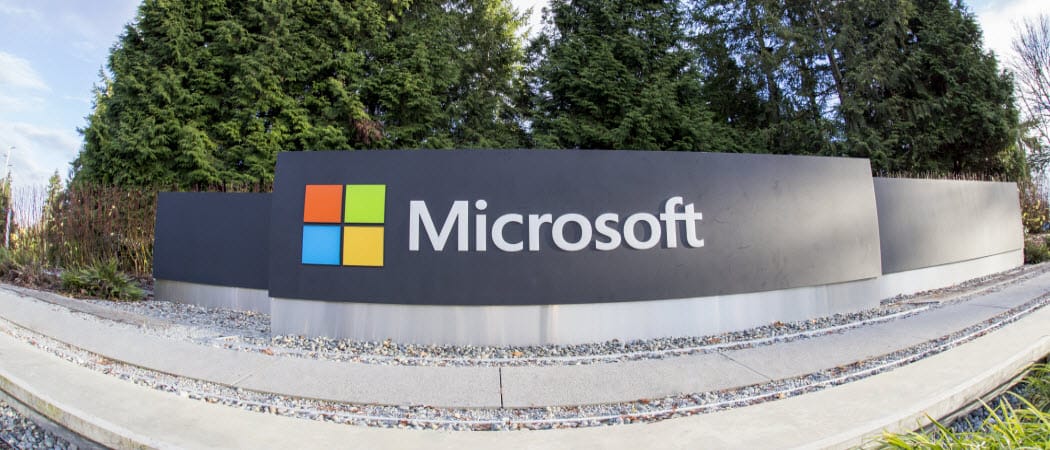KB4559004 for Windows 10 1903 and 1909
This update will bump your build number to 18362.997 and 18363.997 respectively. Here’s a list of what’s included in the KB4559004 update for both versions of Windows 10:
Addresses an issue that prevents you from using sharing functionality in Microsoft Office. This occurs when Conditional Access is enabled.Addresses an issue in Microsoft Edge IE mode that occurs when you open multiple documents from a SharePoint site.Addresses an issue in Microsoft Edge IE mode that occurs when you browse using anchor links.Addresses an issue that causes provisioning for the Universal Windows Platform (UWP) to fail in certain scenarios when using Deployment Image Servicing and Management (DISM).Addresses an issue that prevents you from opening documents in SharePoint in certain scenarios.Addresses an issue that might cause the Magnifier to stop working in Microsoft Excel in certain scenarios. As a result, Microsoft Excel might also stop working.Addresses an issue with Start menu apps and tiles in virtual desktop infrastructure (VDI) environments. The occurs after you sign in a second time and are using a Remote Desktop User profile Disk in a non-persistent virtual desktop pool.Addresses an issue that prevents you from installing some .msi apps. This occurs when a device is managed by a Group Policy that redirects the AppData folder to a network folder.Addresses an issue that might cause apps that use the custom text wrapping function to stop working in certain scenarios.Addresses an issue that might increase the number of handles when using Microsoft Outlook.Addresses an issue that causes new child windows to flicker and appear as white squares on server devices that are configured for stark visual contrast.Addresses an issue that incorrectly calculates long path addresses that have Unicode characters outside of the current system.Updates File Explorer to allow you to delete previous terms from the search box.Addresses an issue that causes File Explorer to stop working when you browse directories of raw images and other file types.Addresses an issue that prevents the migration of the Windows Remote Management (WinRM) service startup type.Addresses an issue that prevents internet of things (IoT) devices from activating after installing an earlier cumulative update.Addresses an issue that prevents family safety features, such as time limits and activity reporting, from working on ARM64 devices.Addresses an issue that continues to display the previous username hint in the smart card sign in box after a different user has used the machine with domain credentials.Addresses an issue that causes an upgrade from Windows 10, version 1903 or Windows 10, version 1909 to fail. This occurs when a system is joined to Azure Active Directory and BitLocker is configured for a PIN protector.Addresses an issue that causes lsass.exe to stop working on a terminal server when you enable Remote Credential Guard. The exception code is 0xc0000374.Addresses an issue that prevents the system from recognizing the Windows Hello face camera.Addresses an issue that prevents Microsoft Defender Advanced Threat Protection (ATP) from applying file exclusions in some cases, which leads to application compatibility issues.Addresses an issue that causes automatic investigations to fail in Microsoft Defender ATP.Improves Microsoft Defender ATP’s ability to identify malicious code injection activities.Addresses an issue that displays strange characters before the day, month, and year fields in the output from console commands.Updates dcpromo.exe to remove the “Network access: Restrict clients allowed to make remote calls to SAM” policy from member servers when they are promoted to domain controllers. This allows clients to make Security Accounts Manager (SAM) connections to these domain controllers.Addresses an issue that might cause Windows 10 devices that enable Credential Guard to fail authentication requests when they use the machine certificate.Addresses an issue that incorrectly reports Lightweight Directory Access Protocol (LDAP) sessions as unsecure sessions in Event ID 2889. This occurs when the LDAP session is authenticated and sealed with a Simple Authentication and Security Layer (SASL) method.Addresses an issue that might cause stop error 7E in nfssvr.sys on servers running the Network File System (NFS) service.Addresses an issue that causes built-in modern applications to stop working on devices configured to use mandatory or roaming user profiles. The error is 802b000a (E_XAMLPARSEFAILED).Addresses an issue that logs a Distributed Component Object Model (DCOM) error in the System event log when the Distributed File System (DFS) Replication service is started.Addresses an issue that might prevent a Windows 10 device from reaching the internet when using a wireless wide area network (WWAN) LTE modem. However, the Network Connectivity Status Indicator (NCSI) in the notification area might still indicate that you are connected to the internet.Addresses an issue that might cause the Microsoft Remote Assistance process (msra.exe) to stop working when a user is receiving assistance during a computer session. The error is 0xc0000005 or 0xc0000409.Addresses an issue that causes Server Message Block (SMB) to incorrectly use the original, cached non-Continuous Available handle to a file, which becomes invalid after a network error or storage failover. As a result, applications to fail with errors such as STATUS_UNEXPECTED_NETWORK_ERROR.
You can manually check for this update by heading to Settings > Update & security > Windows Update. For full details and any known issues and workarounds make sure to read the full release notes. If you do experience a problem, remember you can roll the update back. For more read our article on how to uninstall Windows 10 cumulative updates.
![]()

